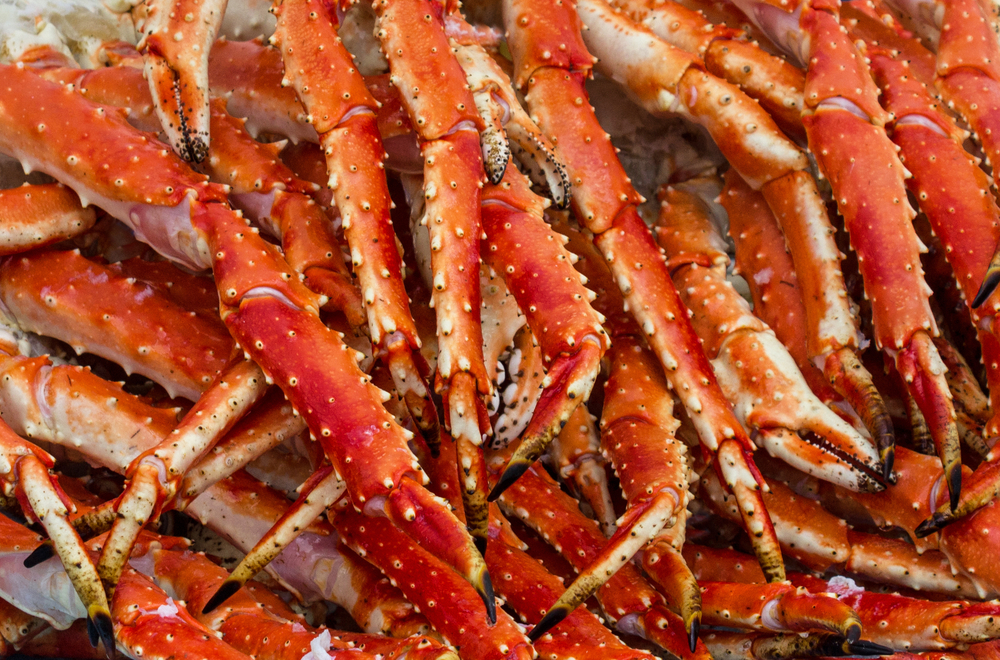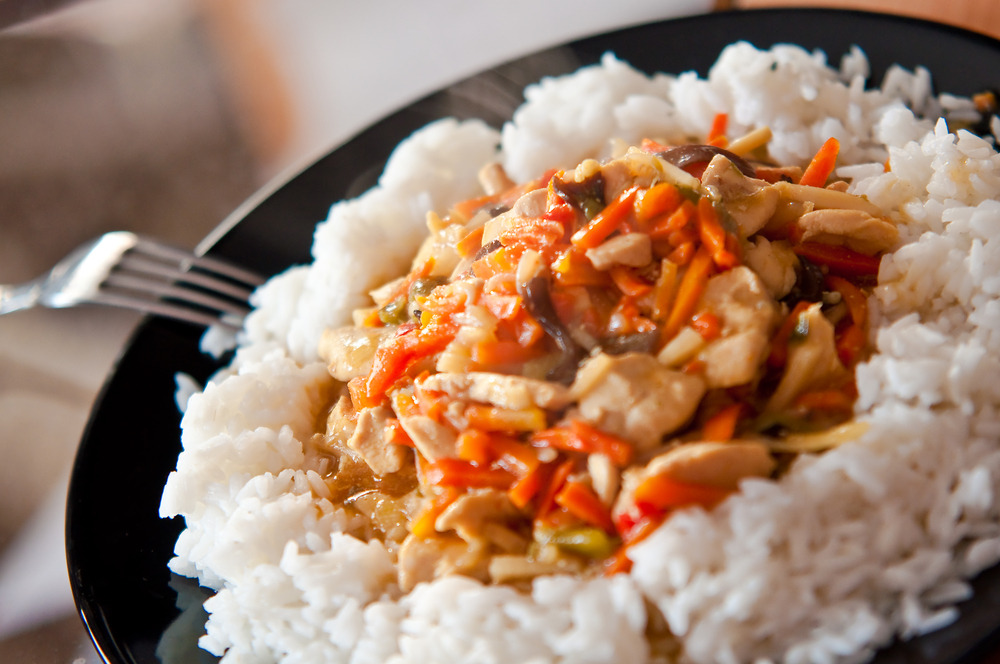Humans have been known to eat some pretty funky things over the years, but what may be considered weird or gross in some cultures is considered a delicacy in others. The French were believed to have begun to start eating frogs somewhere around the 100-year war and still do to this day, along with many other countries including China, Indonesia, and Italy.
Frog legs, in particular, are a popular addition to French cuisine today.
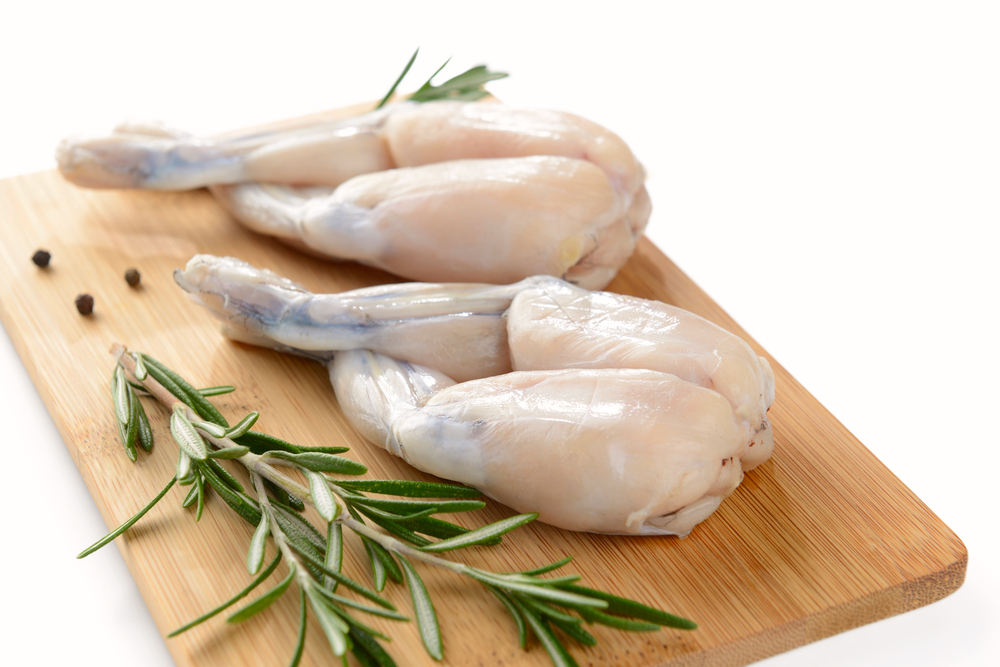
The History of Frog Legs
While eating frogs may be associated with the French, they do not have a monopoly on amphibious cuisine. The Chinese have been eating frogs since as early as the first century AD, and they are still extremely popular today. Asia is by far the world’s most avid frog eater, adding the nutritious amphibian to soups, stirfries, and even sushi. In some far eastern countries like Africa, frogs are eaten whole including the innards, but this is rare.
In the 12th century, the bones of frog legs were found in a strange place; a Catholic Church. The legend is that the monks living there had adapted a meatless diet, but counted frogs as fish. The people who faithfully followed the monk’s religious example quickly picked up on the frequency of frog legs being served, and soon it became a national delicacy. By the 1600s, frog legs were one of the most popular meals in the country and served in restaurants all over Paris. Today, the French eat approximately 80 million frogs every year.
Unfortunately, it is practically impossible to put an exact date on when humans determined that this animal was a safe a nutritious meal. After all, we know that scavengers and hunters were not picky when it came to finding food for their families. According to National Geographic and BBC, an archaeological dig in Wiltshire has uncovered evidence of frog legs being consumed in Britain, nearly 8,000 years before France.
In the US today, frog legs are still a common snack in the southern states. In states such as Virginia and South Carolina, a tradition known as “frog gigging” is still going strong. Hunters will go out into freshwater ponds late at night with a flashlight, stun the frogs, then spear them with a pole. They are typically battered and fried, or cooked in a buttery or garlic sauce.

What Kind of Frogs?
It is hard to pinpoint just how many types of frogs there are out there, as scientists are still finding new species. We know it is well over 5,000, with some sources reporting up to 7,500. However, only a very small percentage of those species are edible, and an even smaller amount is large enough to be worth consuming at all.
Bullfrogs (Lithobates catesbeianus)
American Bullfrogs are typically eaten in North America, as they are the largest frog on the continent. They can grow up to 10inches and can weigh up to 2lbs. These frogs are very easy to find in states like Louisiana, Mississippi, and Alabama, and actually can be considered pests because of how quickly they reproduce and their lack of natural predators. A female bullfrog can lay up to 20,000 eggs! Thus, hunting and eating bullfrogs is partially done simply to control the population.
Edible Frogs (Pelophylax kl. esculentus)
This is the most common species of frog eaten by the French and is actually a mix between a Marsh Frog and a Pond Frog, and can also be called Common Frog or Green Frog. They originated in Europe about 5,000 years ago. The female Edible Frog is between 5 and 9cm long, and the males are about 6 to 11cm. Weighing in somewhere between 6 and 12g, these smaller frogs are usually used in soups and stews, or as a side dish.
Asian River Frogs (Limnonectes blythii)
Native to Thailand and Indonesia, this species is also commonly eaten by the French as well as Indonesians, who import these frogs all over the world. They are only about 5 or 6 inches long, and though they are certainly smaller than their cousin the bullfrog they are still big enough to eat. They are not typically farmed like bullfrogs but hunted and sold on international markets. Because of this, the population of these frogs is getting dangerously low. In many countries, hunting frogs has been banned to protect particular species from becoming endangered.
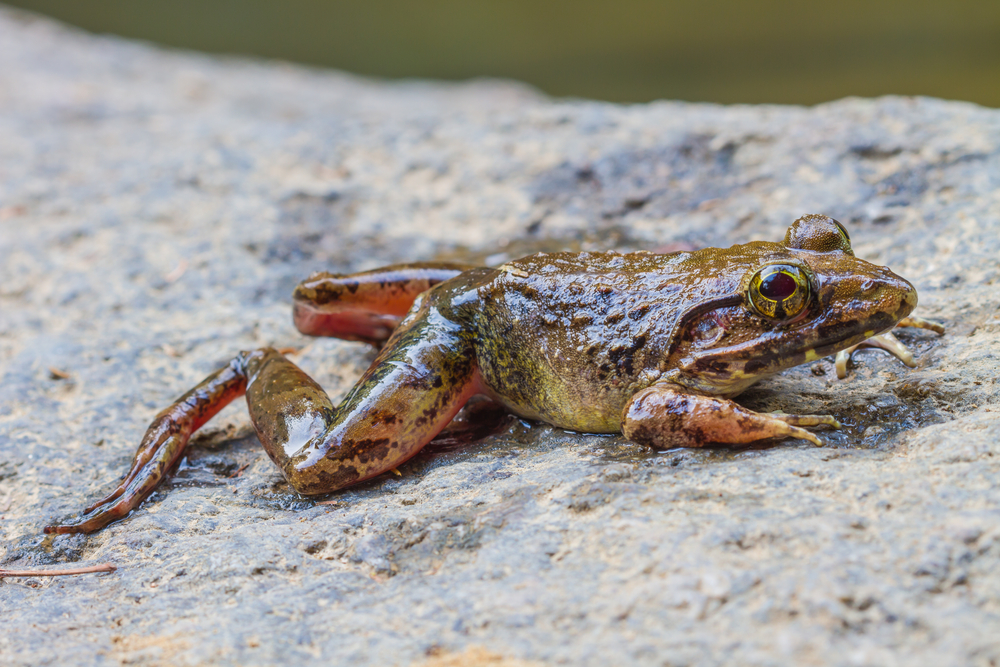
Nutrition and Taste
One ounce of frog meat is about 25 calories, with 5g of protein and 1g of fat. The thighs of a frog are packed full of omega-3 fatty acids, potassium, and vitamin A. Frog meat is full of calcium, which is excellent for your skin, hair, and nails.
There are many health benefits to including frog legs in your diet, including decreased risk of cardiovascular disease, cancer, and brain problems. If you are looking to lose weight, this low-calorie high-protein dish is an excellent option. They are also known to have an anti-inflammatory effect and are recommended for use against infectious diseases.
Frog legs have often been compared to chicken, because of their texture and mild flavor. Some people also say they taste like fish or a mix of chicken and fish. Depending on what kind of frog, some legs may be tougher than others as it depends on whether they are mostly in water, in trees, active, or more sedentary.
Preparation
Frogs are often sold like lobster; still alive until they are ready to be thrown in the pot. Breeders typically send live frogs directly to restaurants, where they are kept alive until a customer orders a particular dish. However, in certain places, they are sold as convenience food, such as chicken legs. In Vietnam, for example, frog legs are often sold packaged or frozen at the grocery store. In French, frogs’ legs are referred to as cuisses de grenouille.
They can be particularly difficult to kill, as the body still spasms and jumps even after it is dead(sort of like chickens once they are decapitated). Even once they are killed and skinned, adding salt to a frog can cause it to twitch and jump. Never put salt on a live frog, as it will suck the fluids from its skin and rapidly dehydrate them to the point of death.
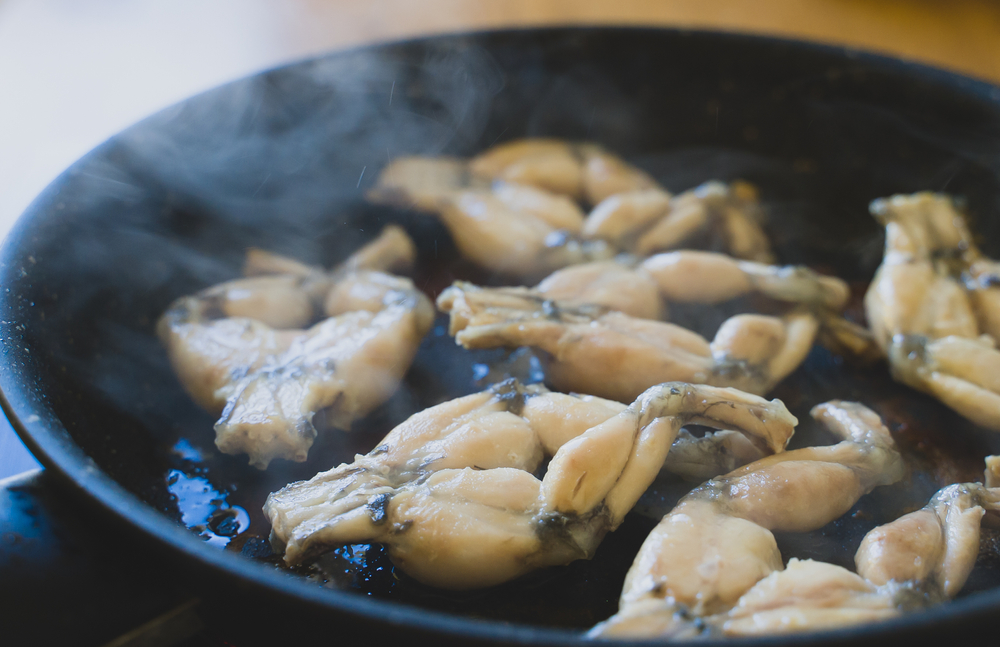
The best meat of a frog is its legs, so although you can eat the entire body, most people don’t. Once the frog has been butchered, the skin is removed. You can eat the skin if you wish, but it has been said to taste musty and somewhat like the marsh in which the frogs are found, so it is not a popular choice.
Larger frog legs can be grilled, roasted, or dipped in batter and fried. Smaller legs are often used in stews, soups, or as a side dish for larger meals. The French often soak frog legs in milk for at least an hour, as this can help draw out any impurities and create a milder taste. This tradition has been adopted all over the world and used for other strong-flavored foods such as fish.
In Southern US states, frog legs are sometimes paired with other seemingly strange foods such as Possum, Iguana, alligator, or partridges. Ever heard of a fish bake? Well, there are apparently frog bakes too!
Conclusion
Because of their history, the French are certainly most well known for their frog-eating habits. Ironically, most of the frogs that are consumed in France are not even from France anymore. In 1980, the French government actually banned the capture of frogs for eating to prevent extermination. Not only were the frogs themselves in danger but the entire ecosystem was thrown off by the drastic decline in population. Today, a few local authorities will allow the capture of a certain number of frogs, and only for immediate personal consumption.
However, the French did not give up so easily and now have most of their frogs imported from Thailand, Greece, and Indonesia. There are of course poachers who violate the law here and there, but with fines upward of €10,000/£8,500 (almost $10,000), the protection laws are mostly working. So although the natives would much prefer to source locally, The French import roughly 4,000 tonnes of frogs every year.



